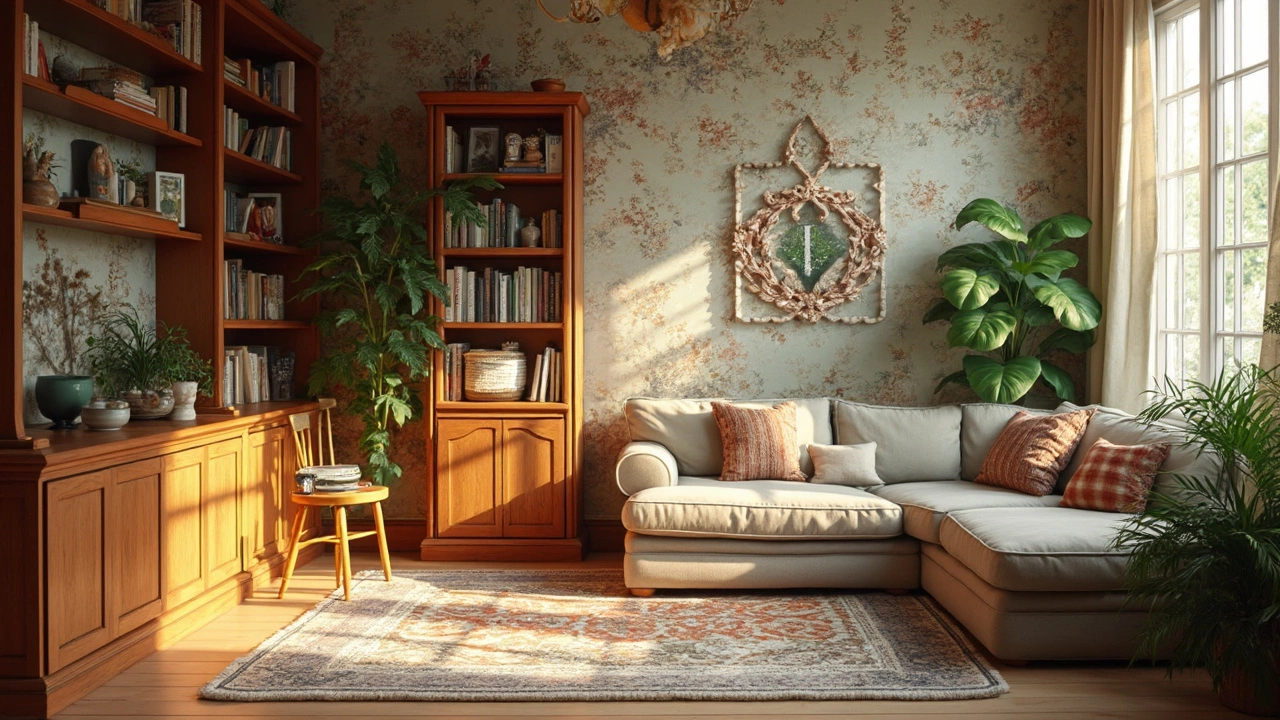Eco‑Friendly Shelving Materials: What Works Best for Your Home
When you need extra storage, the material you choose can affect the look, durability, and environmental impact of your space. Below is a quick rundown of the most common shelving materials, why they matter, and how to pick the right one for a greener home.
Wood and Bamboo – Classic with a Green Twist
Solid wood shelves are sturdy and age well. If you opt for FSC‑certified timber, you’re supporting responsibly managed forests. Reclaimed wood adds character and keeps old planks out of landfill. Bamboo is another strong choice; it grows fast, uses little water, and feels smooth. Both options can be stained or left natural, and they work in living rooms, kitchens, and even bathrooms.
Metal Shelves – Industrial Strength and Recyclability
Steel and aluminum frames are ideal when you need load‑bearing power. Powder‑coated steel resists rust, while aluminium stays light and rust‑free. Metal is 100 % recyclable, so you’re not adding new resources to the planet. Look for shelves with a simple, women‑friendly design – open grids or pipe‑style frames work well in modern lofts.
Glass shelves bring a sleek, airy feel but they’re fragile and often heavier than needed. Tempered glass is safer, yet it still requires careful handling. If you love the look of glass, pair a thin pane with a metal bracket for a balanced, low‑impact solution.
Plastics have improved a lot. Recycled HDPE or PET plastic shelves can handle moderate weight and are resistant to moisture. They’re perfect for closets or laundry rooms where water splashes are common. Choose products made from post‑consumer recycled content to close the loop on plastic waste.
Composite boards such as MDF or particleboard are cheap, but they often contain formaldehyde and aren’t biodegradable. If you must use composites, look for low‑VOC, formaldehyde‑free variants and treat them with a water‑based sealant.
Upcycled pallet shelves are a budget‑friendly way to go green. You can dismantle old pallets, sand the wood, and add simple brackets. The result is a rustic, sturdy shelf that can hold books, plants, or kitchenware. Just be sure the pallets are free of chemicals or nails.
Here’s a quick way to decide:
- Load needed: Wood or metal for heavy items; glass or plastic for lighter decor.
- Moisture level: Bamboo, metal, or plastic in damp areas; avoid untreated wood in bathrooms.
- Budget: Reclaimed pallet or recycled plastic is cheapest; solid hardwood and glass cost more.
- Style: Warm and natural? Go wood or bamboo. Modern and sleek? Choose metal or glass.
Where to buy? Look for UK retailers that specialize in sustainable home goods, local timber merchants with FSC certification, and online shops that list recycled content on product pages. Many UK makers also offer custom sizes, so you can avoid waste from leftover cuts.
Installing shelves yourself not only saves money but also reduces transport emissions. Most metal brackets and wood brackets come with simple instructions; a drill, level, and a couple of screws are enough. If you’re unsure about wall type, use a stud finder for wooden walls or toggle bolts for drywall.
Finally, think about the end of life. Choose materials that you can recycle or repurpose later. Metal frames can be melted down, wood can be refinished, and plastic can be fed back into new shelves. A thoughtful selection now means less waste down the road.
With these options in mind, you can pick shelving that looks great, holds up well, and keeps your carbon footprint low. Happy storage hunting!
-

Best Material for Shelving: Top Choices and Their Advantages
Looking to choose the best material for your shelves? This article covers the top options, from classic wood to sleek metal, providing insights into their unique features and suitability for different spaces. Whether it’s for your kitchen, living room, or garage, discover which material ticks all your boxes, and learn some practical tips on making your shelving more stable and stylish.
